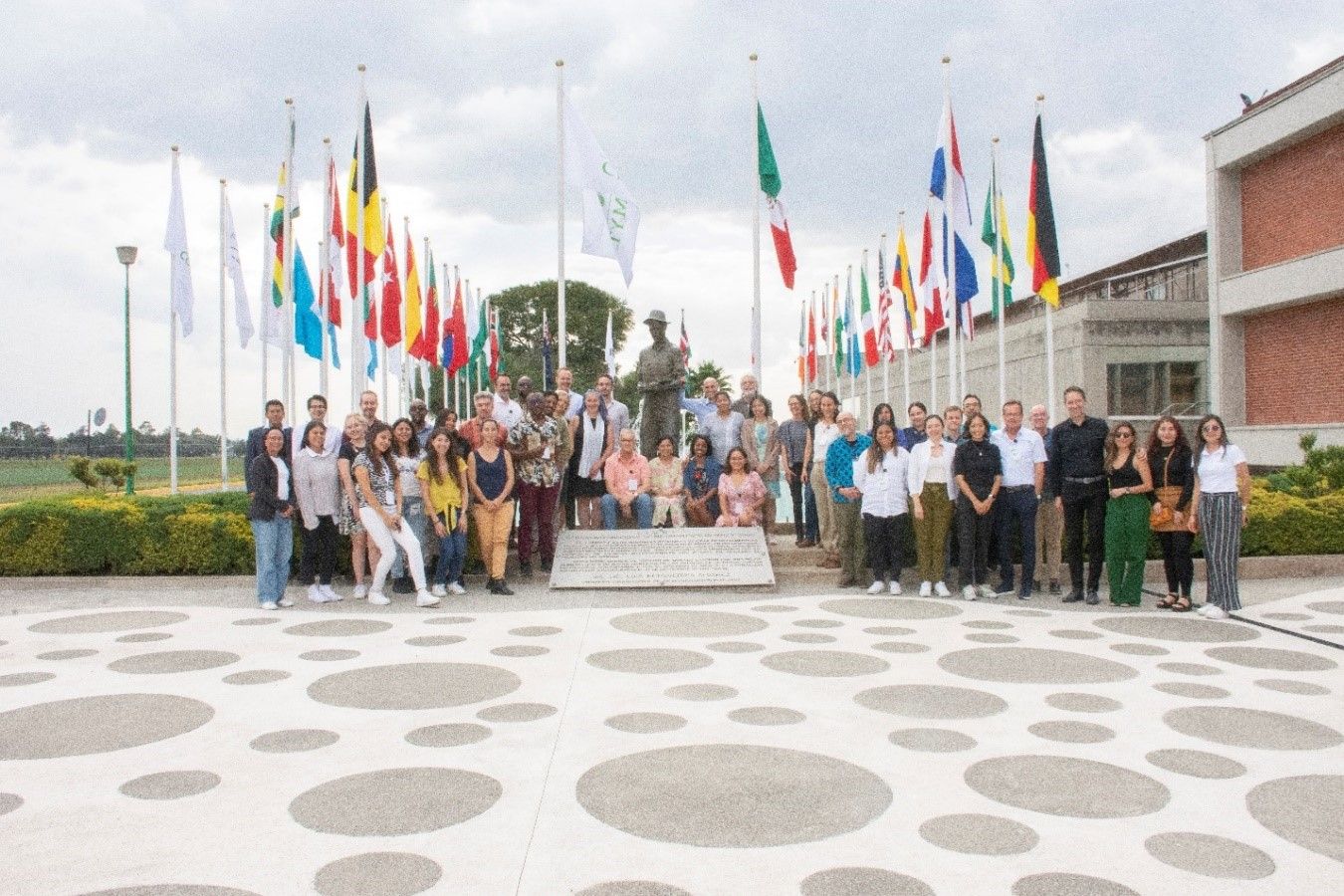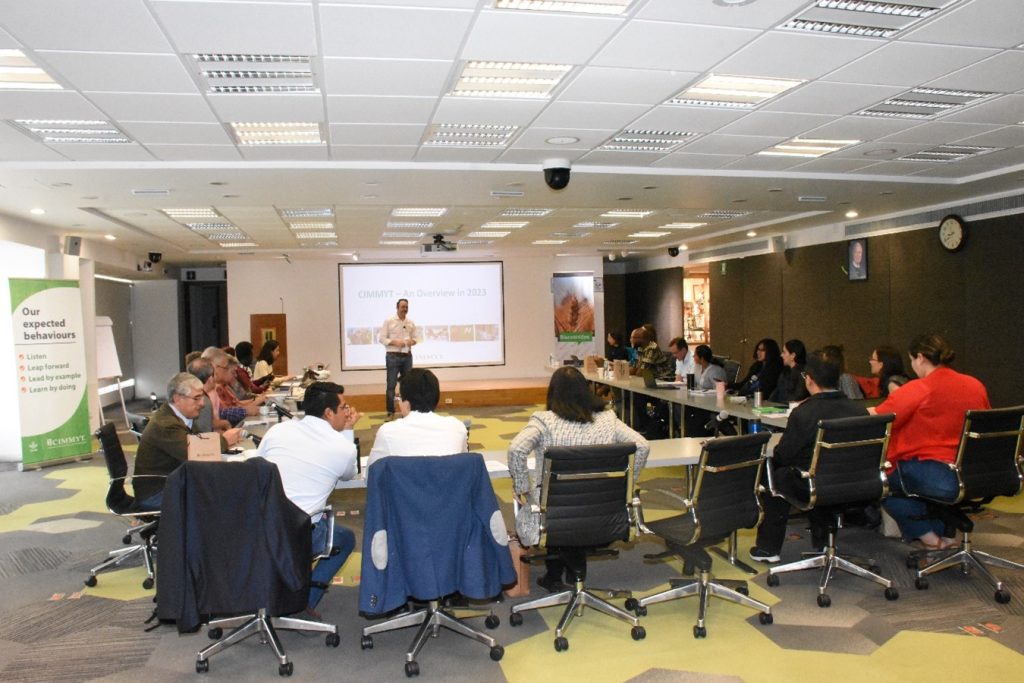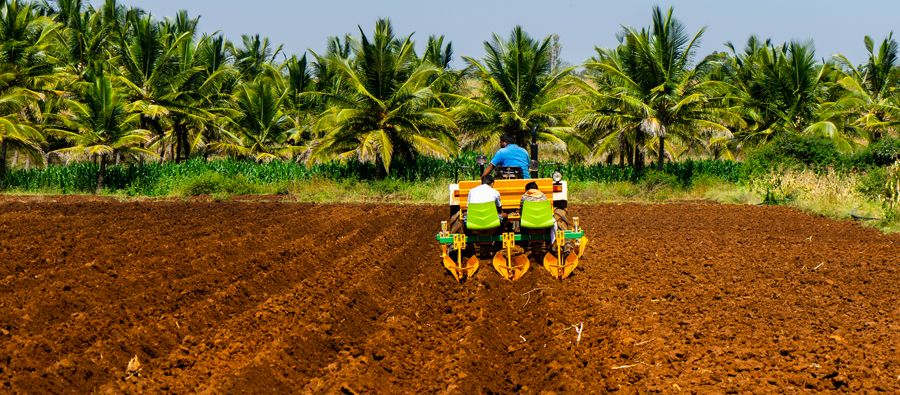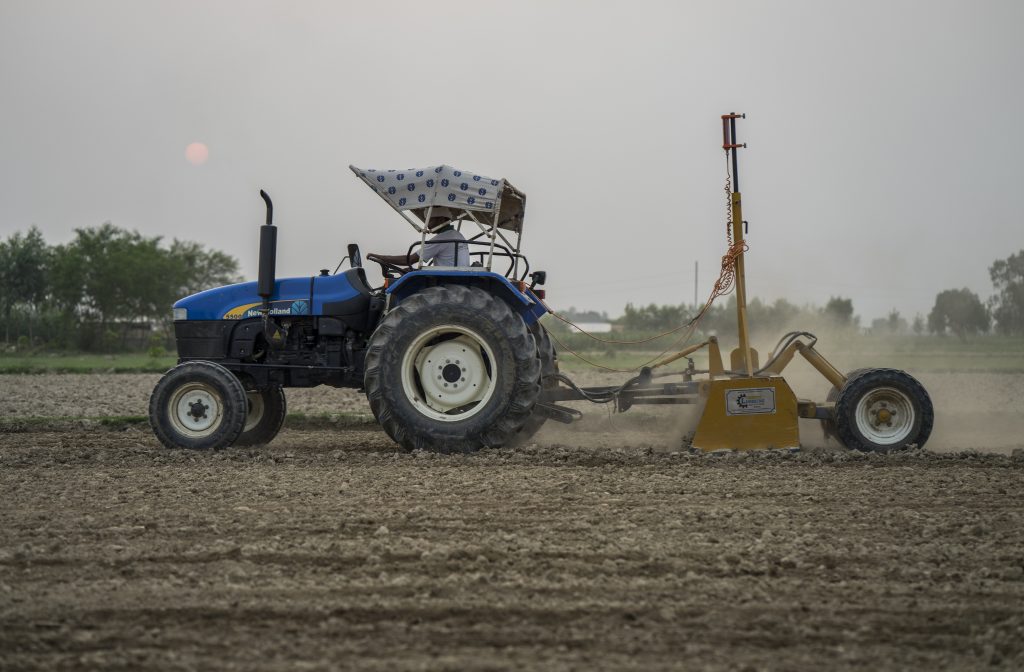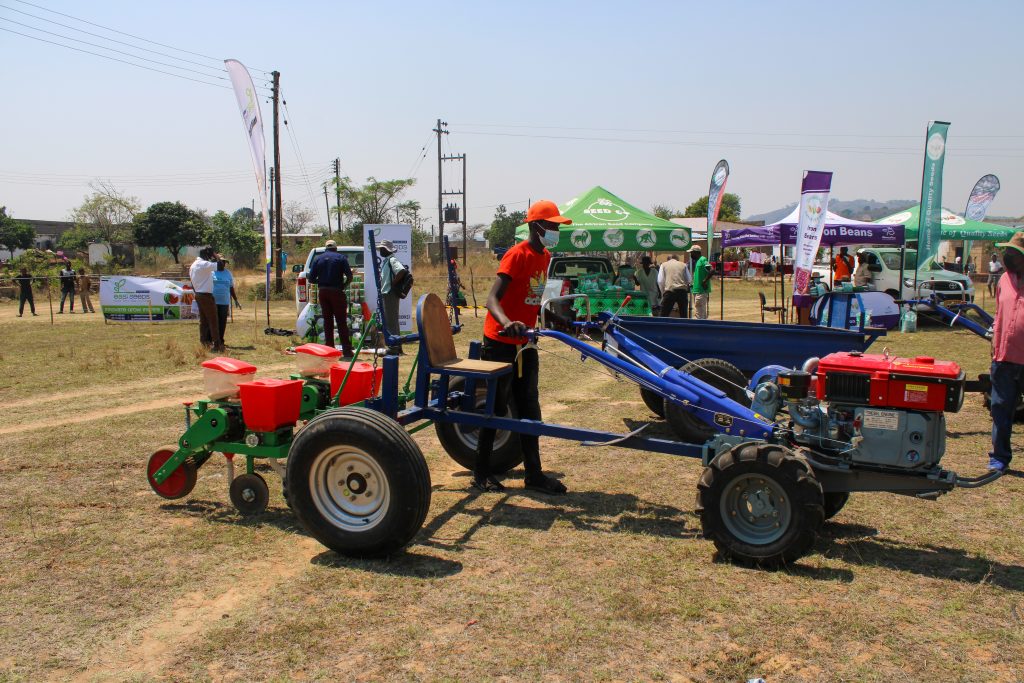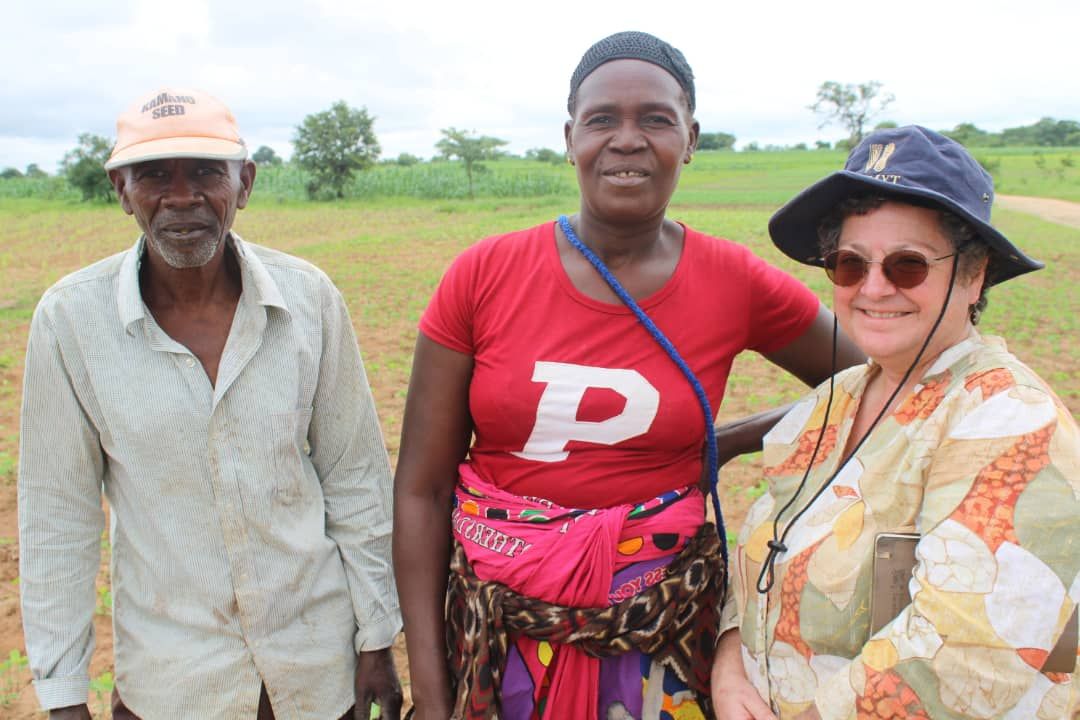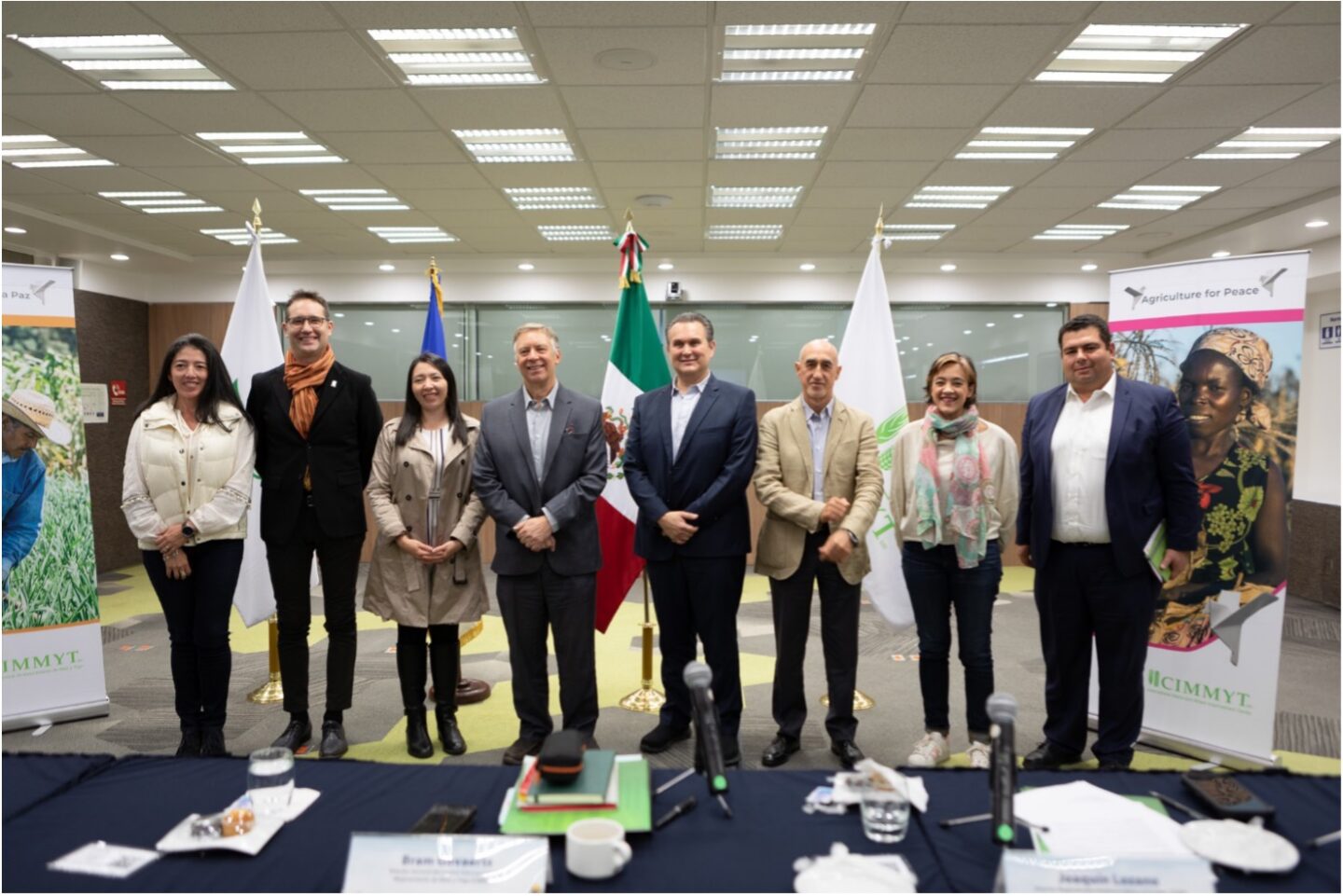From CGIAR Research to Action: Strengthening Science-Policy Linkages
CGIAR is the world’s largest agricultural innovation network and a global leader in research for development. Over the past five decades, its investments have delivered tenfold returns—yielding more abundant and affordable food while reducing hunger, poverty, and land use (1). Today’s food systems face multiple, interconnected challenges – ranging from production inefficiencies and nutritional disparities to social exclusion and environmental degradation. These issues are further intensified by climate change, geopolitical instability, and systemic inequality. Tackling them demands coordinated, multisectoral responses and stronger collaboration with the public sector, particularly policymakers (2). There is a well-recognized gap between science and policy, driven in part by the technical complexity of research outputs. Policymakers often face challenges in interpreting and applying scientific findings, which hinders the uptake of evidence-based solutions. Therefore, there is a need for simplified and tailored research communication to broader audiences, particularly for policymakers in target countries.
“To truly make a difference, research must speak the language of policy: Science without policy is just academia; policy without science is just guesswork.”
For research and innovation to effectively influence and inform policy, researchers must go beyond simply presenting evidence and engage deeply with the policy-making context. By understanding the multiple factors policymakers consider and by building genuine and trust-based partnerships, researchers can significantly improve the chances that their work will shape and inform effective, actionable policy (3).
What a researcher should know for effective science-policy communication
To communicate effectively with policymakers, researchers must understand the broader policymaking context and constraints faced by decision-makers responsible for crafting and implementing policy in a target country. Policymakers weigh multiple dimensions – political, economic, social, and logistical – before adopting innovations. Successful research-to-policy translation hinges on addressing these dimensions holistically.
Key dimensions policymakers consider
Political Acceptability: Innovations must align with current political agendas and priorities to secure regulatory and financial support. Political will and leadership are often decisive enablers – without them, even the most technically sound innovations may stall.
Social Desirability: Policies are more likely to succeed when they address pressing societal needs, resonate with public values, and enhance quality of life. Public support and broad adoption are essential for long-term sustained impact.
Technical Feasibility: Innovations should be practical, scalable, and implementable with available technologies and systems. If an innovation is too complex, unreliable, or difficult to implement, it risks being unsustainable or rejected.
Financial Viability: Policymakers assess whether innovations are economically feasible, offer a clear return on investment, and align with existing budgetary constraints. Financial sustainability encourages both public and private sector participation.
Administrative Doability: For policy innovations to succeed, they must be implementable within current administrative systems. Clear procedures for implementation and monitoring are essential. Administrative complexity can be a significant barrier.
Judicial Tenability: Innovations must comply with existing legal frameworks. If legal adaptation is required, there must be a strong, evidence-based justification to support such changes and ensure alignment with constitutional or regulatory standards.
Emotional Relatability: Innovations that resonate emotionally by addressing people’s concerns, fears, and aspirations are more likely to gain public acceptance.
Environmental Sustainability: Minimizing environmental impact and promoting resource efficiency are increasingly important, as policymakers face mounting pressure to support long-term ecological balance.
Challenges in Research-Policy Engagement
- Limited interactions and weak personal engagement between researchers and policymakers result in infrequent use of empirical evidence in policymaking.
- Significant differences exist in decision-making processes, norms, and cultures between researchers and policymakers.
- Additional barriers include differing institutional cultures, and a lack of incentives or training for effective policy engagement.
Effective Strategies for Bridging the Gap
- Training researchers to understand the policymaking process, improve communication, and build relationships with policymakers.
- Combining direct instruction (didactic training) and experiential learning (hands-on engagement) to reinforce both knowledge and practical engagement is most effective.
- A structured approach designed to build researchers’ policy competencies and support policy engagement through iterative phases, including policy priority identification, network development, training, and ongoing collaboration.
- Prioritize continuous feedback, relationship building, and responsiveness to current policy needs.
- Research institutions should adjust incentive structures (such as tenure and promotion criteria) to recognize and encourage policy engagement.
- Institutions should support research activities that directly align with policy priorities and opportunities.
- Effectively translating research into policy is an interactive and collaborative process. Building trust, keeping communication open, and forming strong relationships with policymakers are key to success. Engaging early, particularly during the agenda-setting stage, helps ensure that research tackles relevant policy issues and anticipates potential implementation challenges.
- Involving policymakers and stakeholders through co-design enhances the relevance and utility of research findings. This approach helps identify potential barriers, align expectations, and build shared ownership of both the research and the resulting policies.
- Researchers must tailor their communication for policy audiences by turning complex evidence into clear, practical messages. Using data alongside compelling stories can build trust and encourage engagement, making the case for innovation more convincing.
- Understanding the broader policy environment is critical. Researchers should understand the institutional, legal, and administrative context in which policy decisions occur. Identifying key policy actors and knowing their roles, motivations, and limitations is essential for effective engagement.
Practical Strategies for Researchers
- Engage policymakers early and regularly to co-create research agendas and ensure the work remains relevant.
- Build long-term relationships grounded in trust and mutual understanding.
- Communicate findings clearly in policy-relevant terms, combining data with compelling narratives.
- Show how the innovation tackles pressing local issues and has the potential to scale effectively.
- Identify and address possible barriers – political, financial, administrative, legal, and social – before recommending policy adoption.
CIMMYT in Bangladesh is actively engaging with policymakers. As part of the ongoing research project Transforming Smallholder Food Systems in South Asia (RUPANTAR), we explored the political economy of policies for sustainable agriculture in Bangladesh. The findings were published in an international peer-reviewed journal to share insights with policymakers. The article attracted only around 80 readers – mostly researchers. In contrast, a simplified policy brief based on the same findings reached over 1,800 readers in a few months, the majority of whom were based in Bangladesh. This highlights the importance of making research more accessible and actionable.
CGIAR is well-positioned to address these challenges. In response, CGIAR has launched its unique Scaling for Impact (S4I) program to better align research with real-world needs (4). It emphasizes demand signaling, building partnerships, understanding the policy landscape, and supporting structured scaling. In particular, S4I’s focus areas include identifying stakeholder needs and shaping enabling policies that support CGIAR’s broader impact goals.
- Thornton P, Dijkman J, Herrero M, Szilagyi L, Cramer L. Aligning vision and reality in publicly funded agricultural research for development: A case study of CGIAR. Food Policy. 2022 [cited 2025 May 11];107:102196. https://doi.org/10.1016/j.foodpol.2021.102196
- UNEP. Strengthening the Science-Policy Interface: a Gap Analysis. United Nations Environment Programme Nairobi; 2017.
- Ruhl JB, Posner SM, Ricketts TH. Engaging policy in science writing: Patterns and strategies. Plos One.2019 [cited 2025 May 11];14(8):e0220497. https://doi.org/10.1371/journal.pone.0220497
- CGIAR. 2024. Scaling for Impact Program: Full design document. Agenda item SC21-05a, 21st CGIAR System Council meeting, Berlin, Germany, 11-12 December 2024. Montpellier: CGIAR
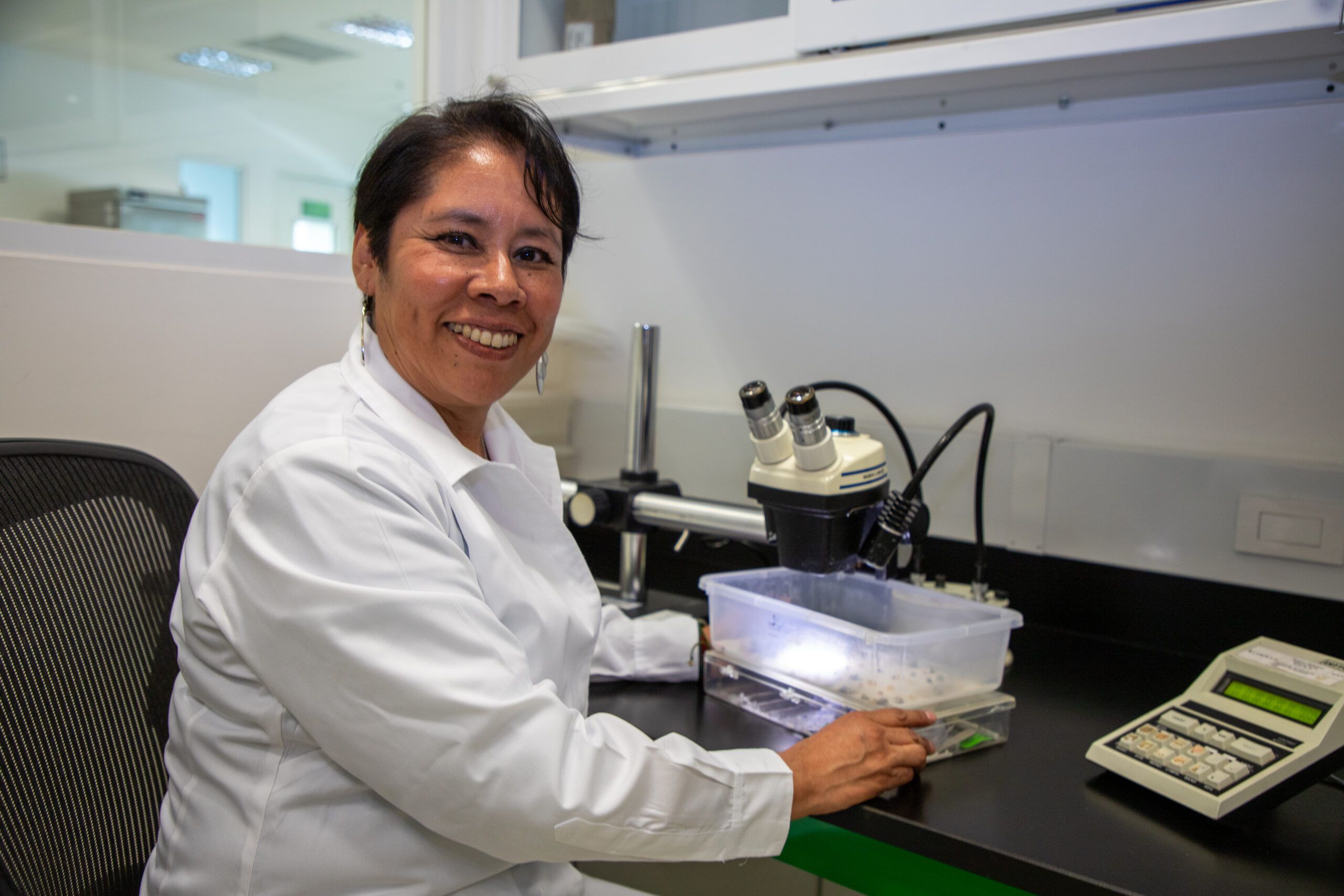
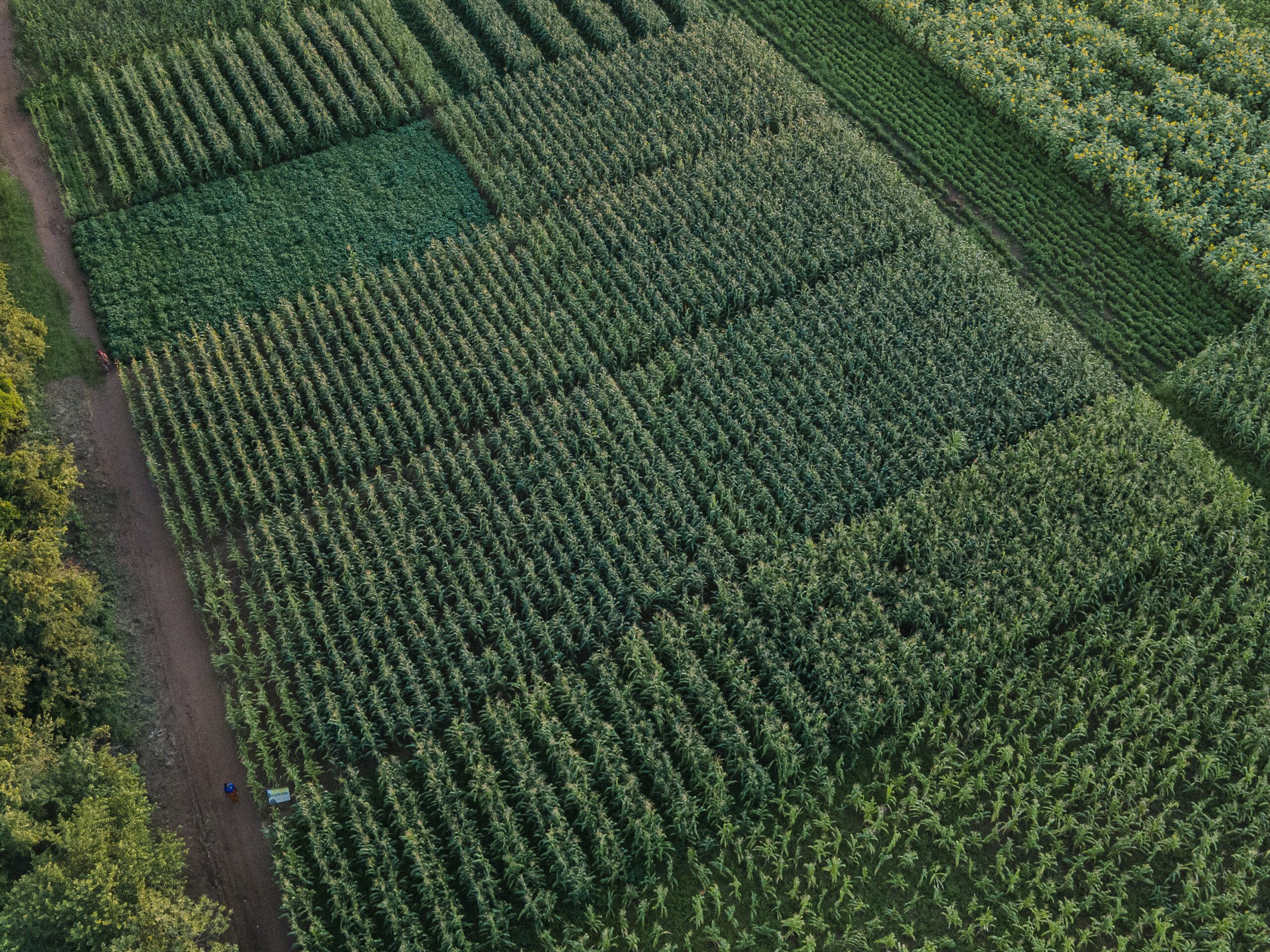
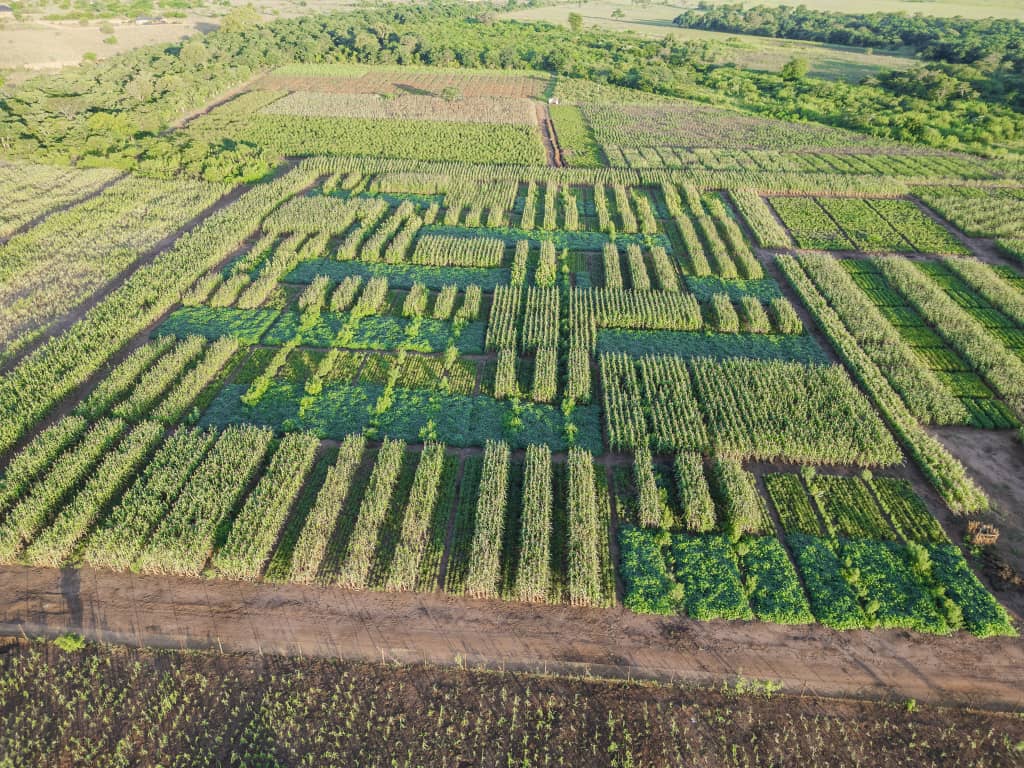
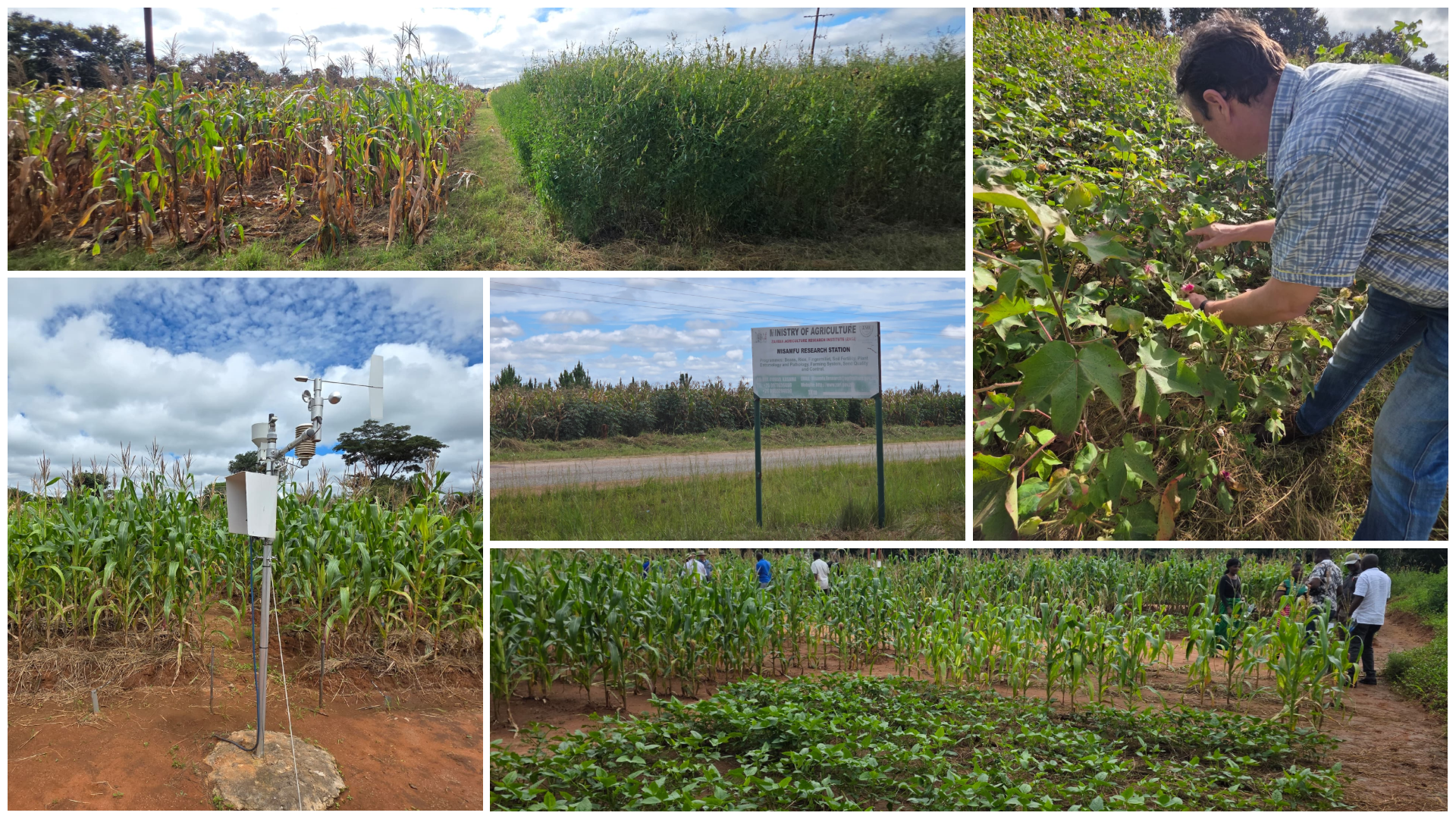
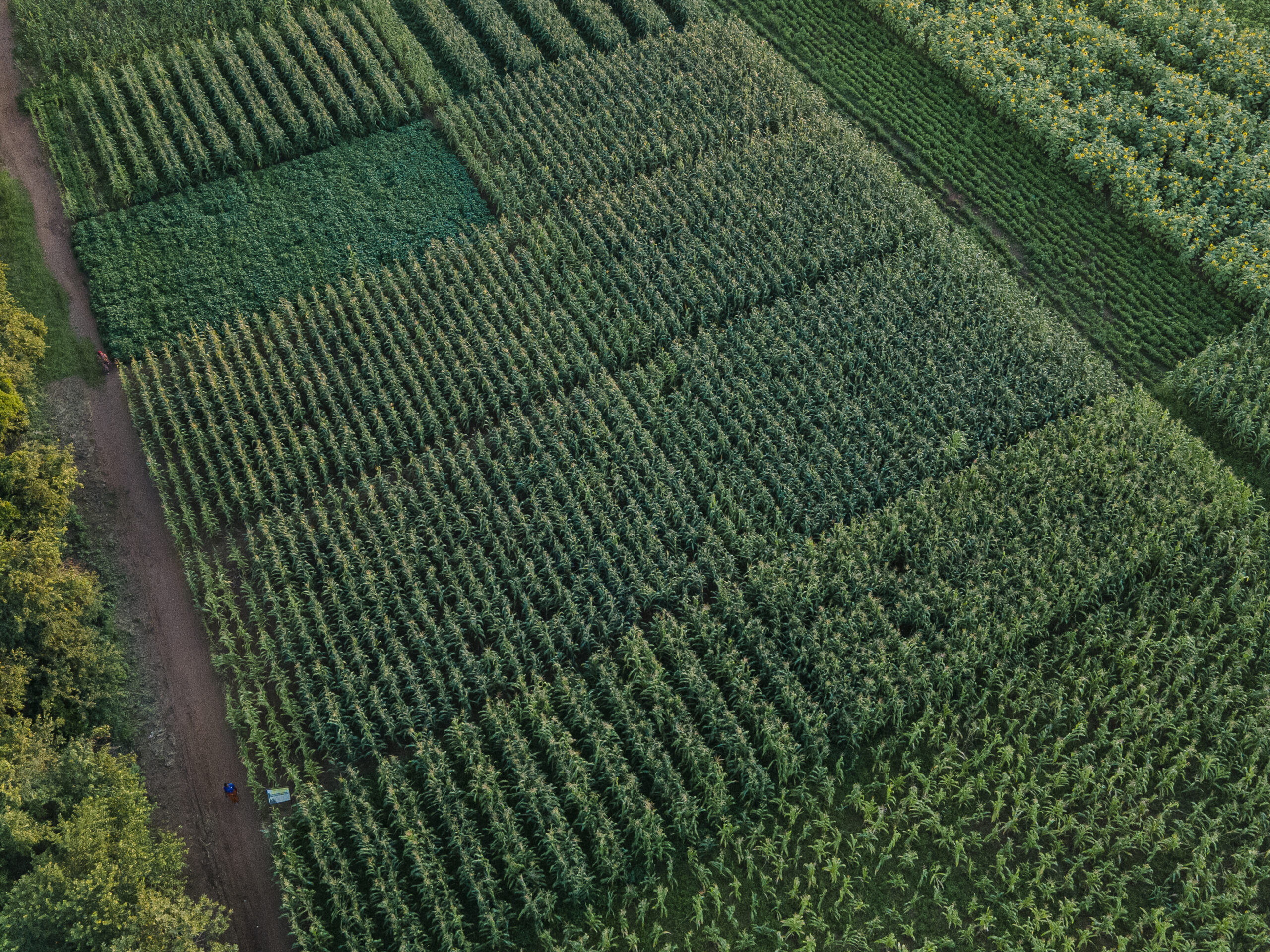
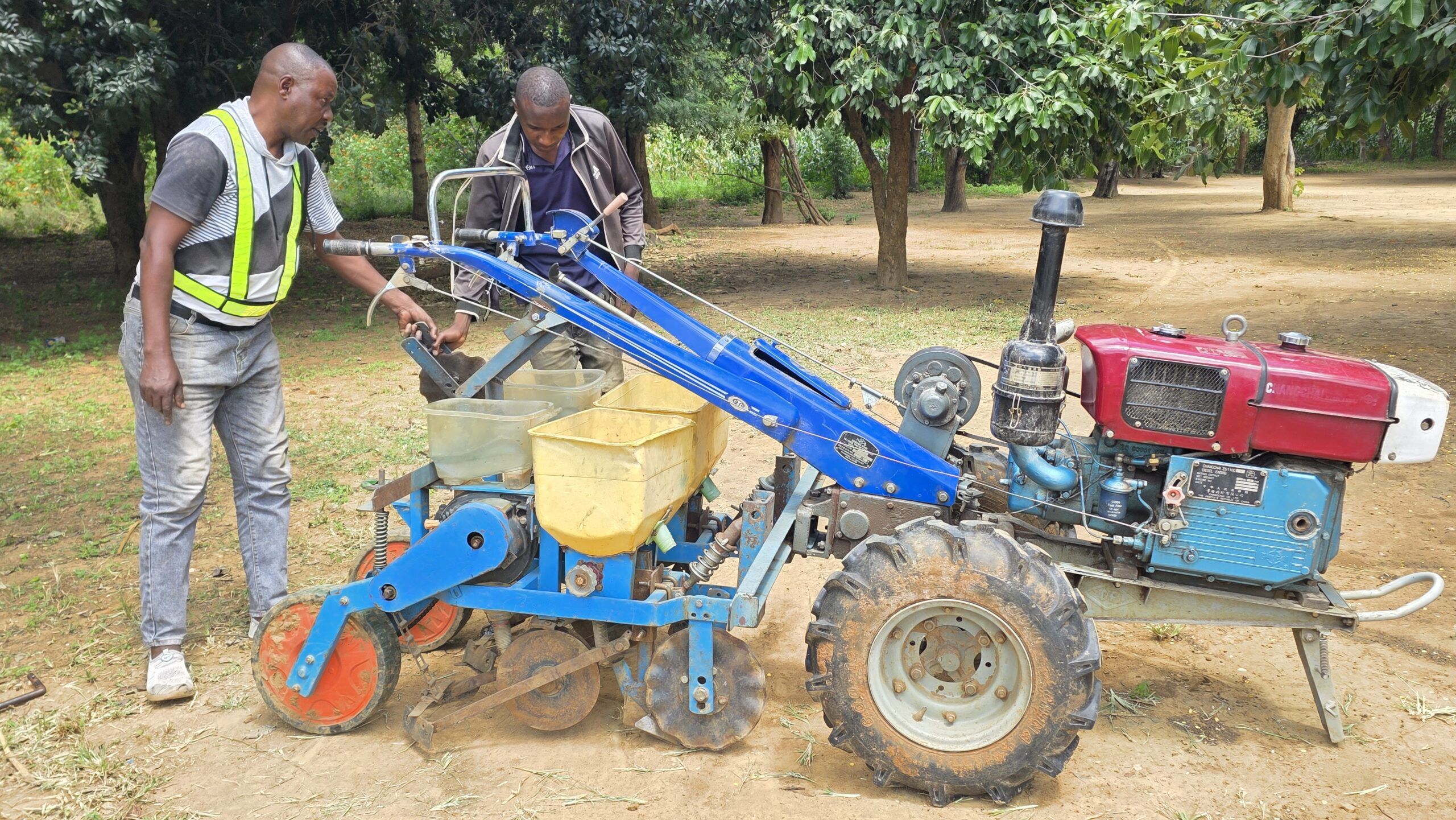
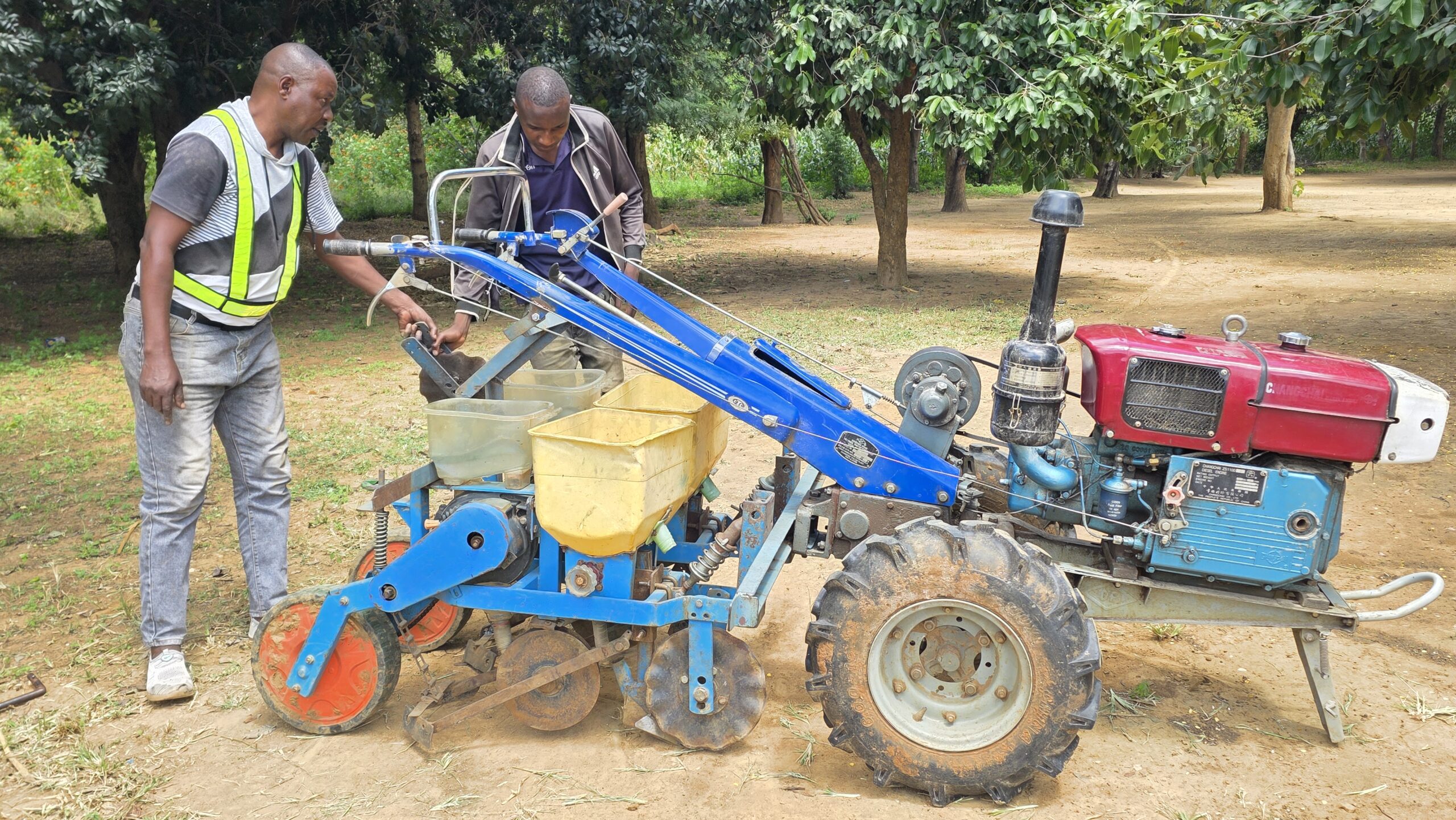

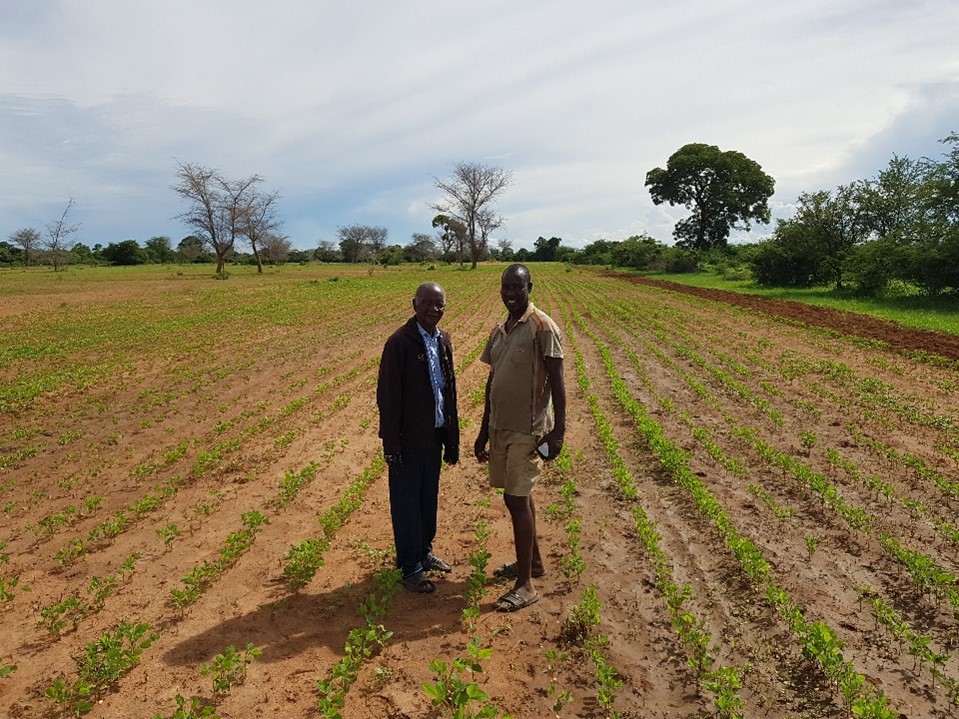
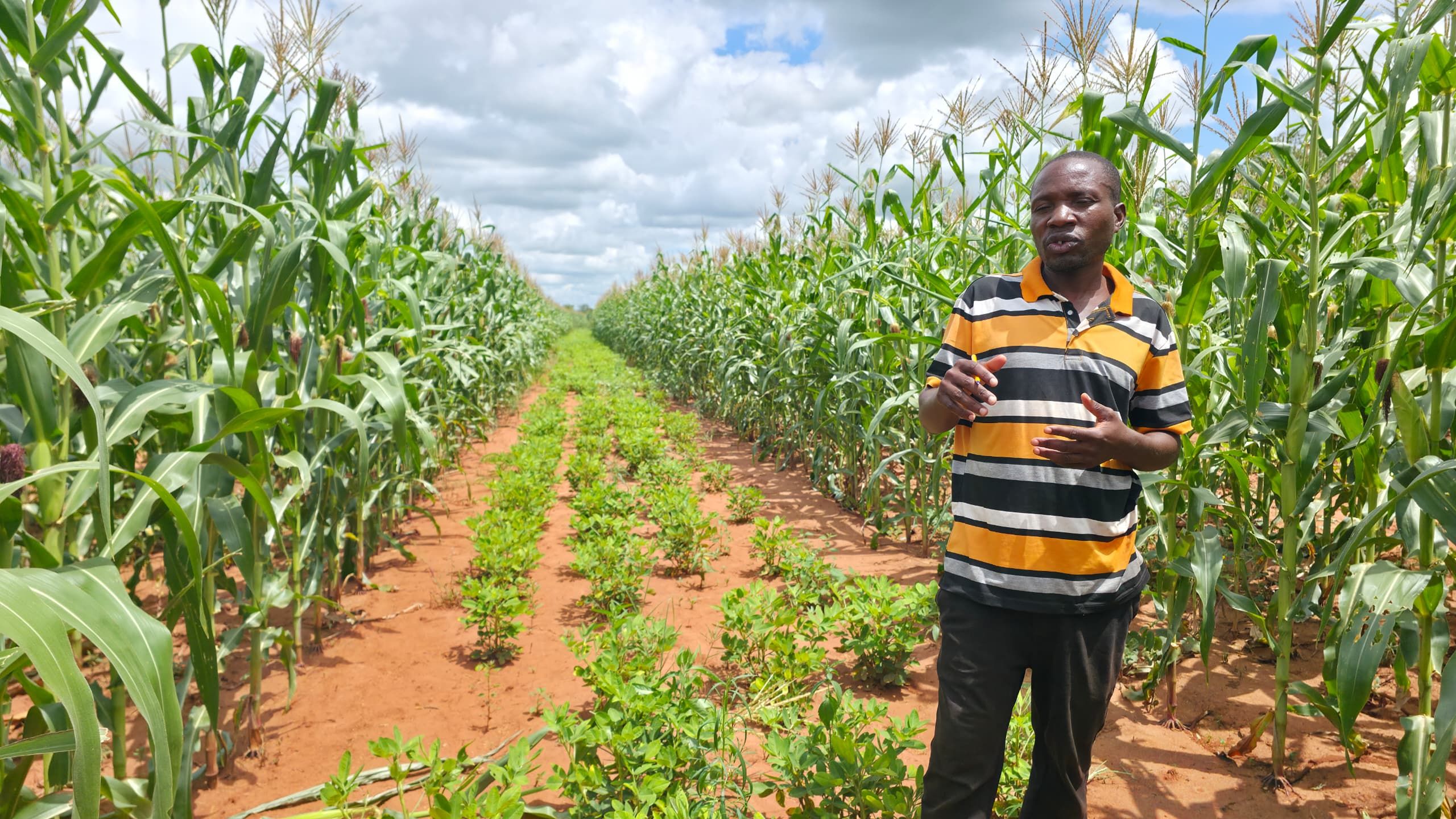
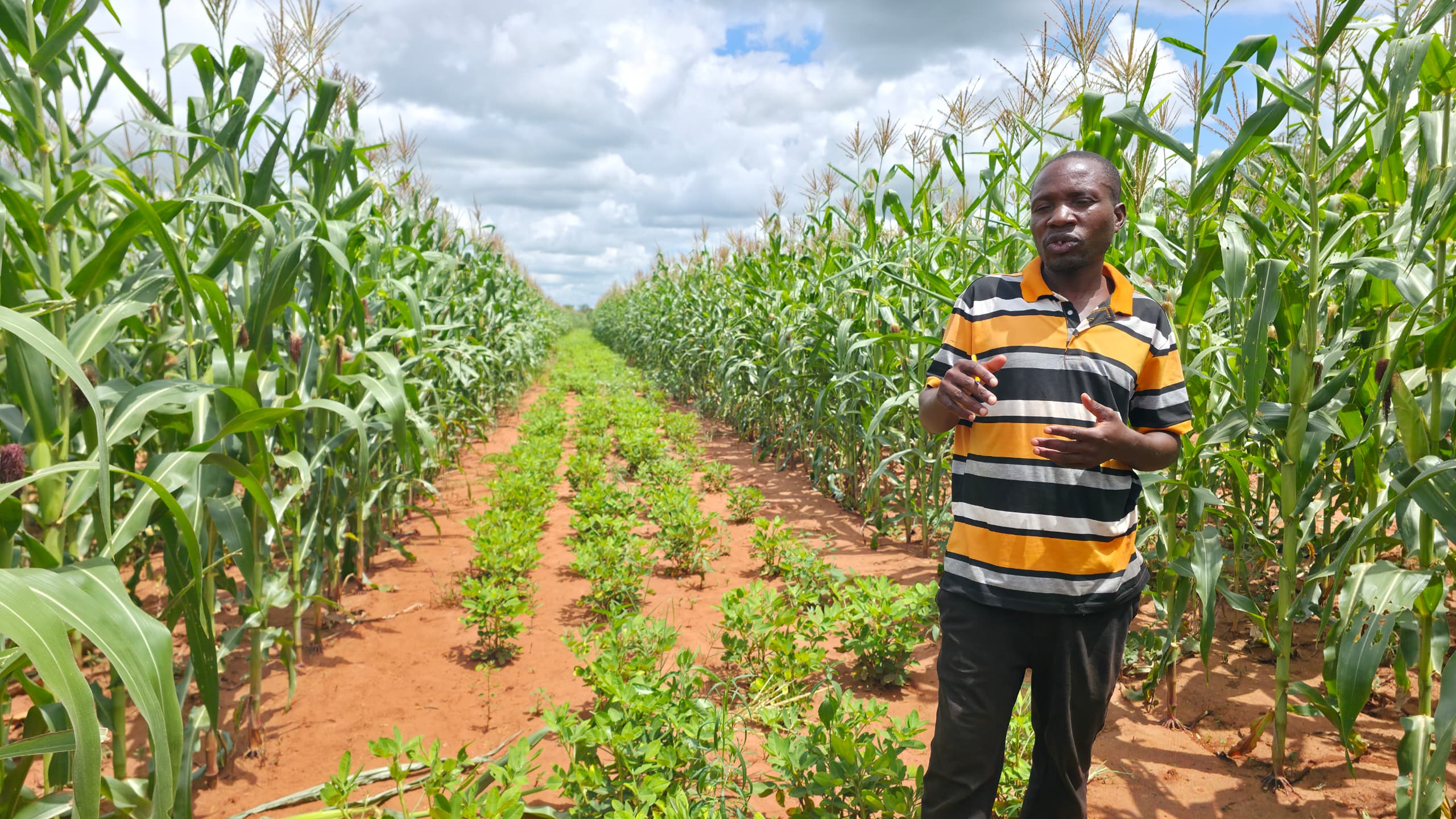
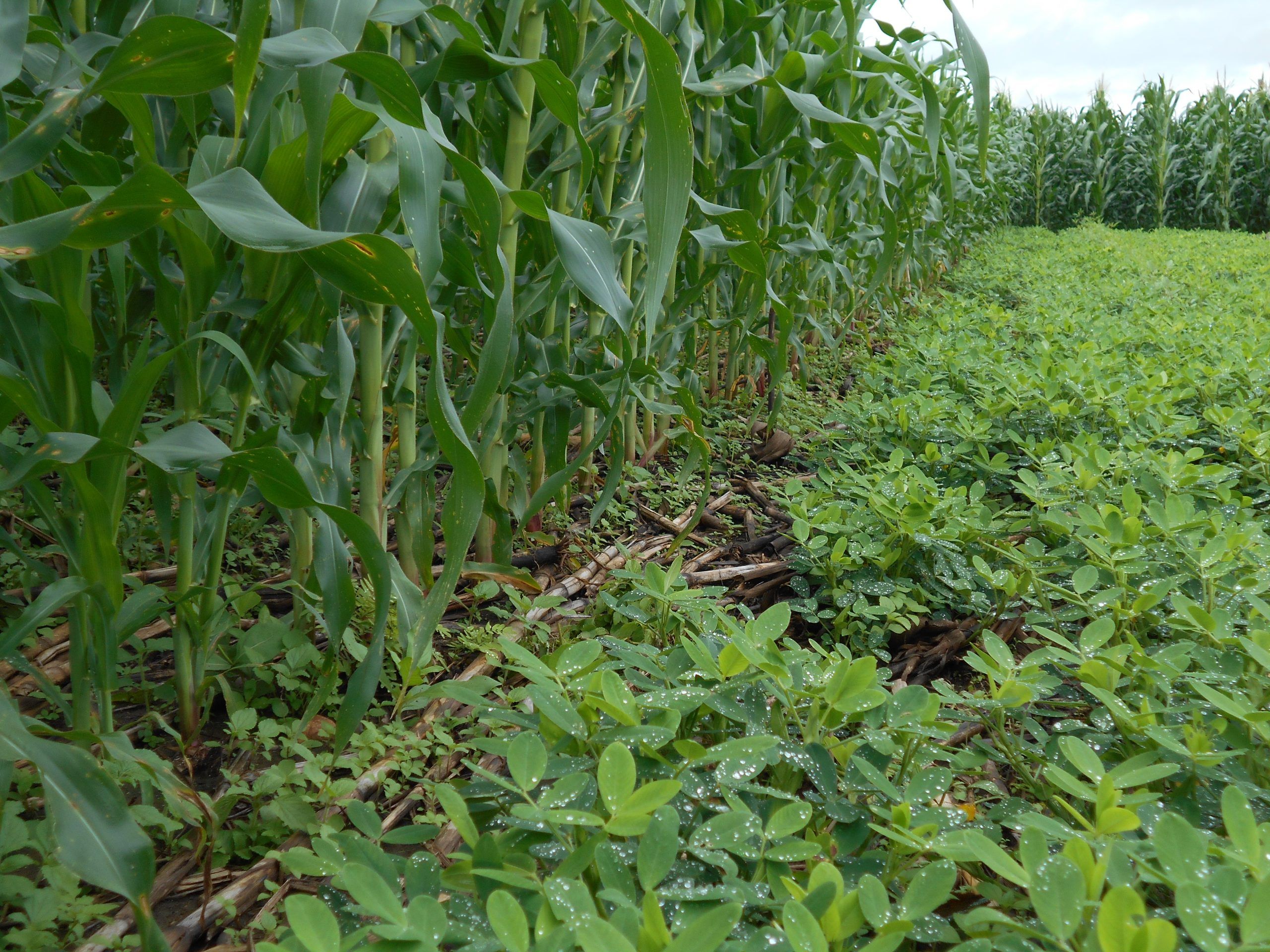
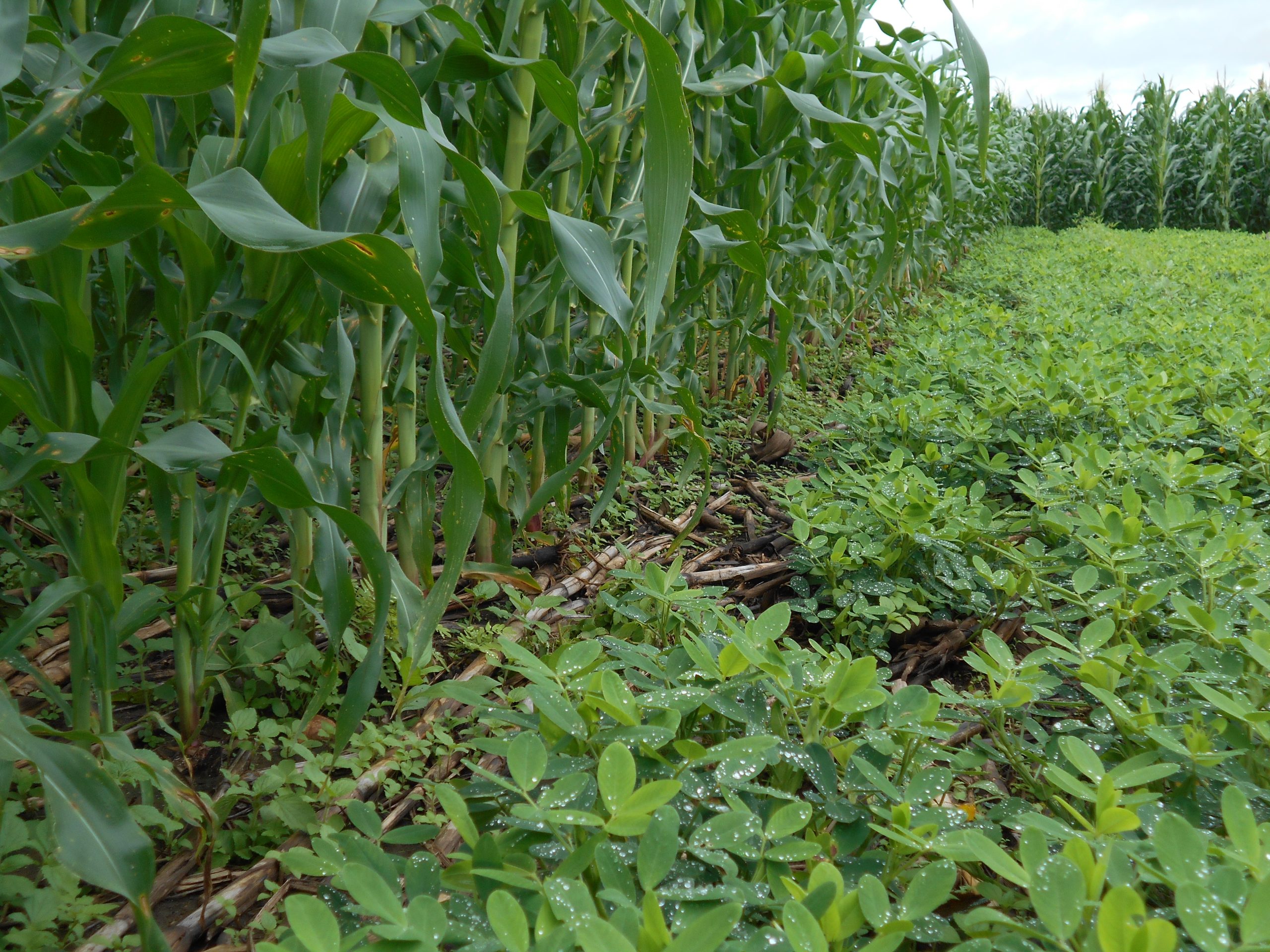
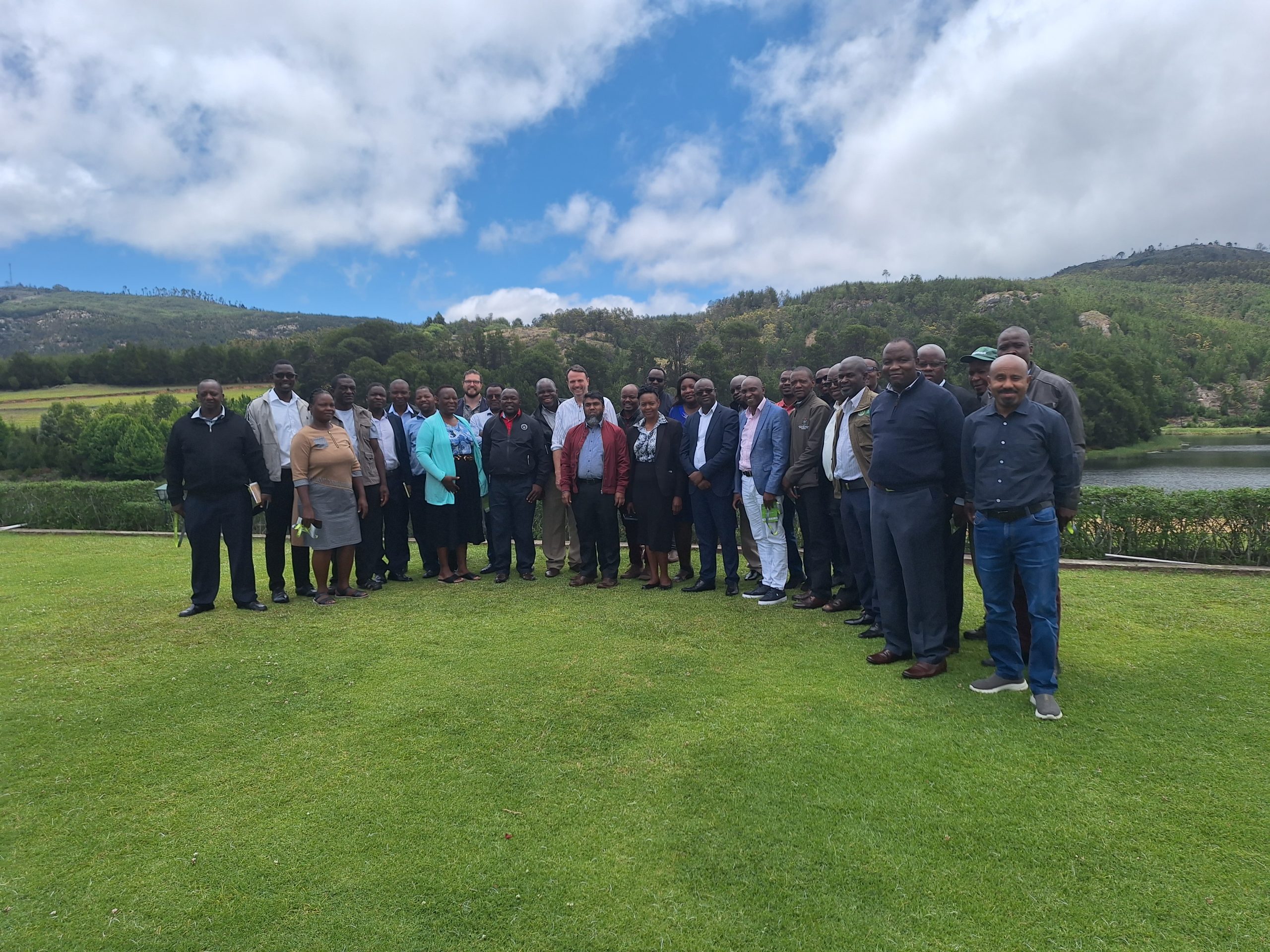
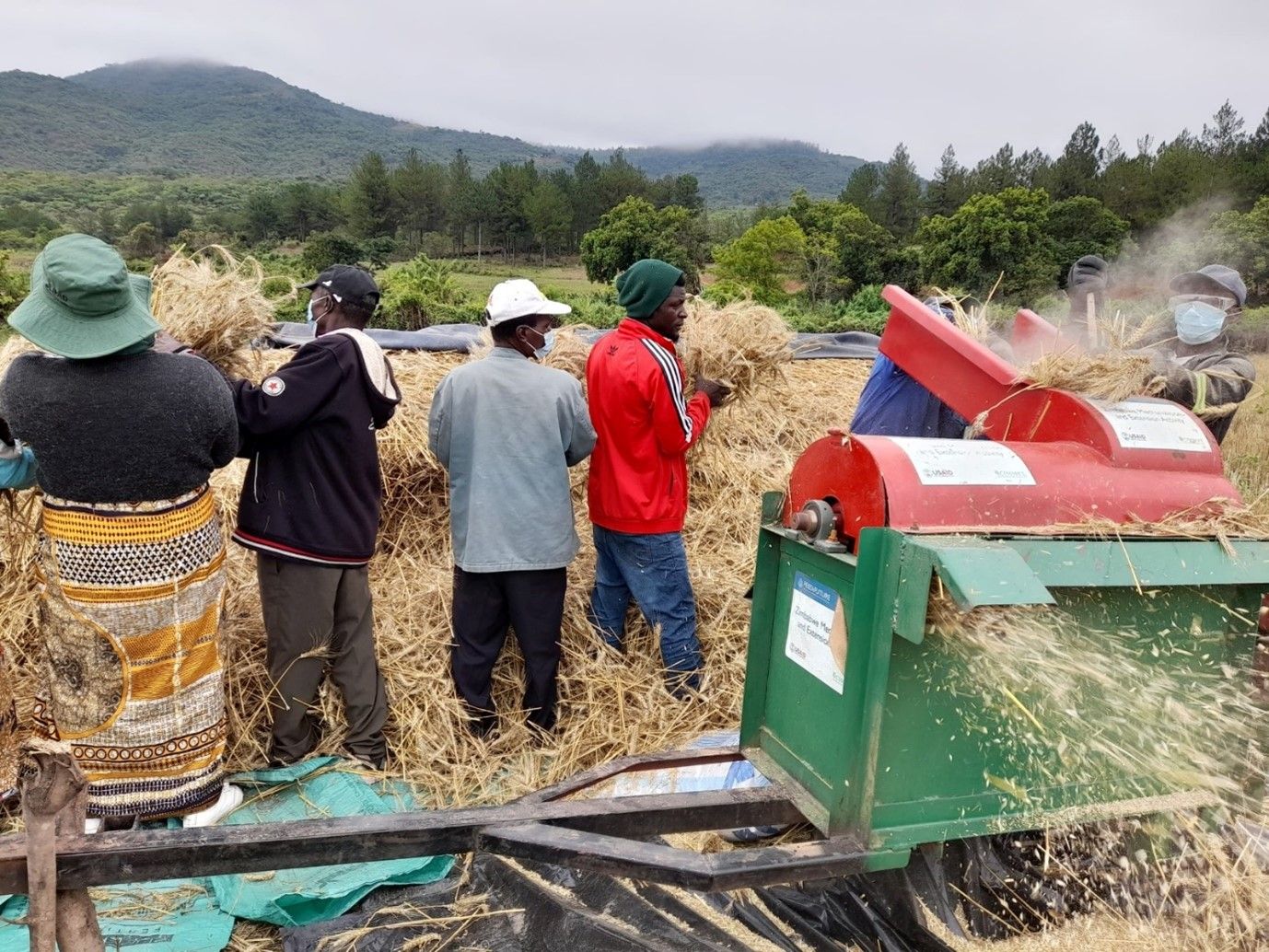


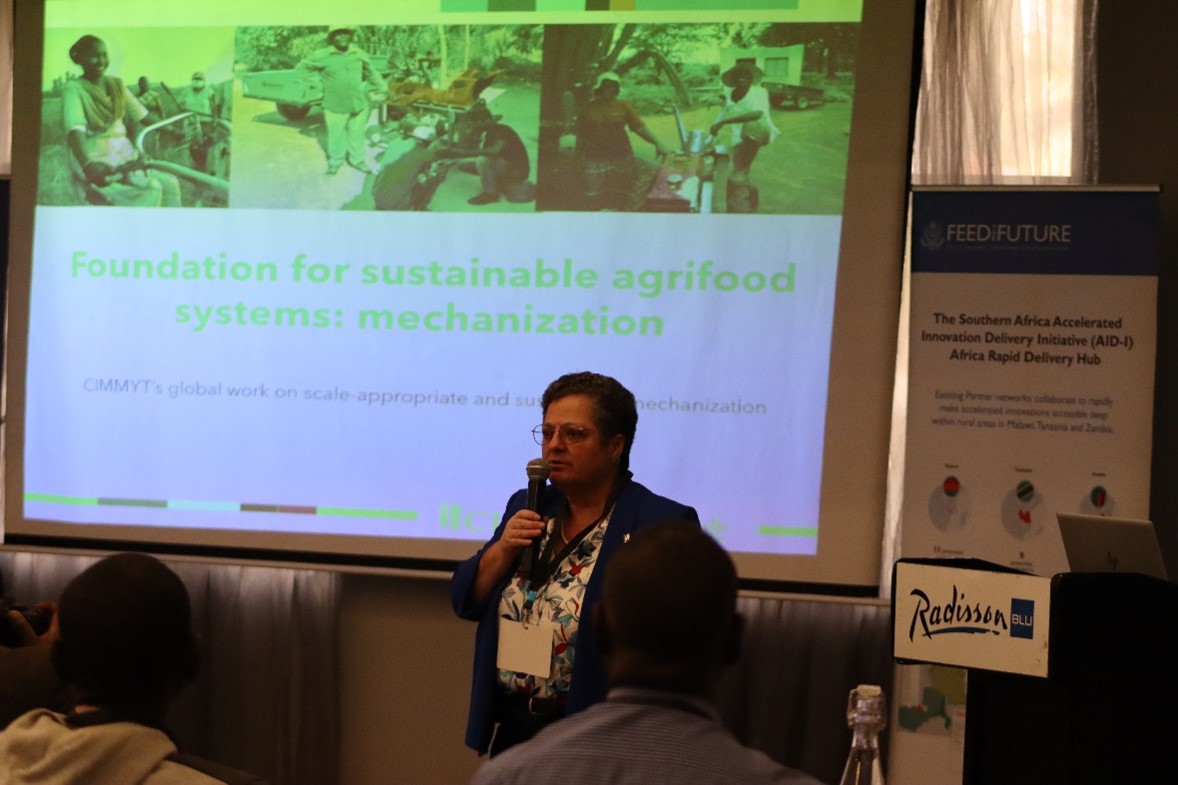
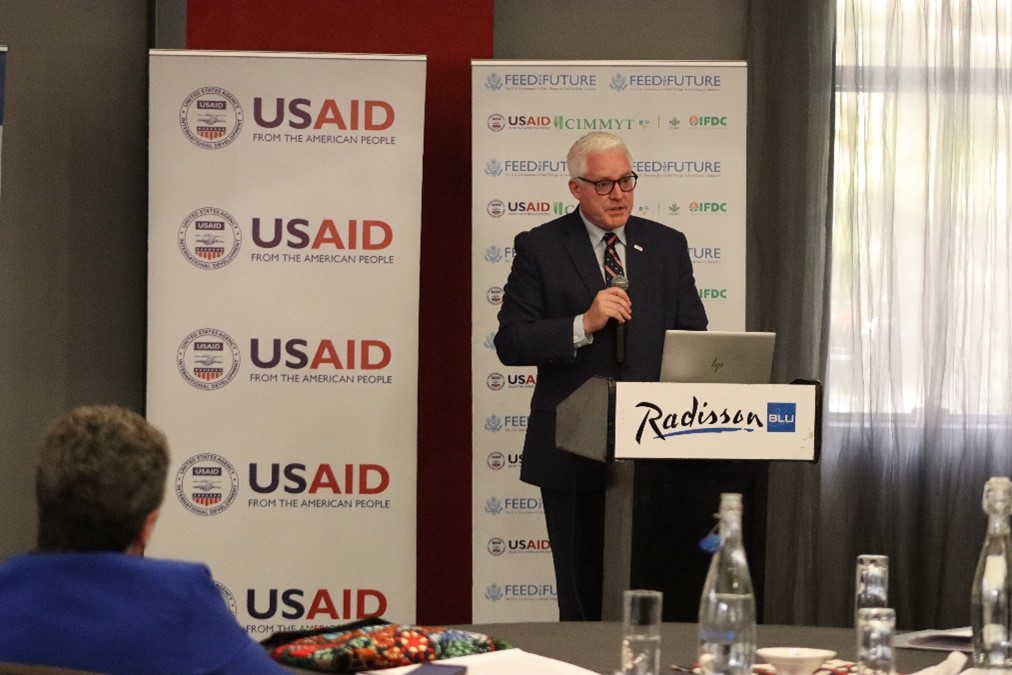


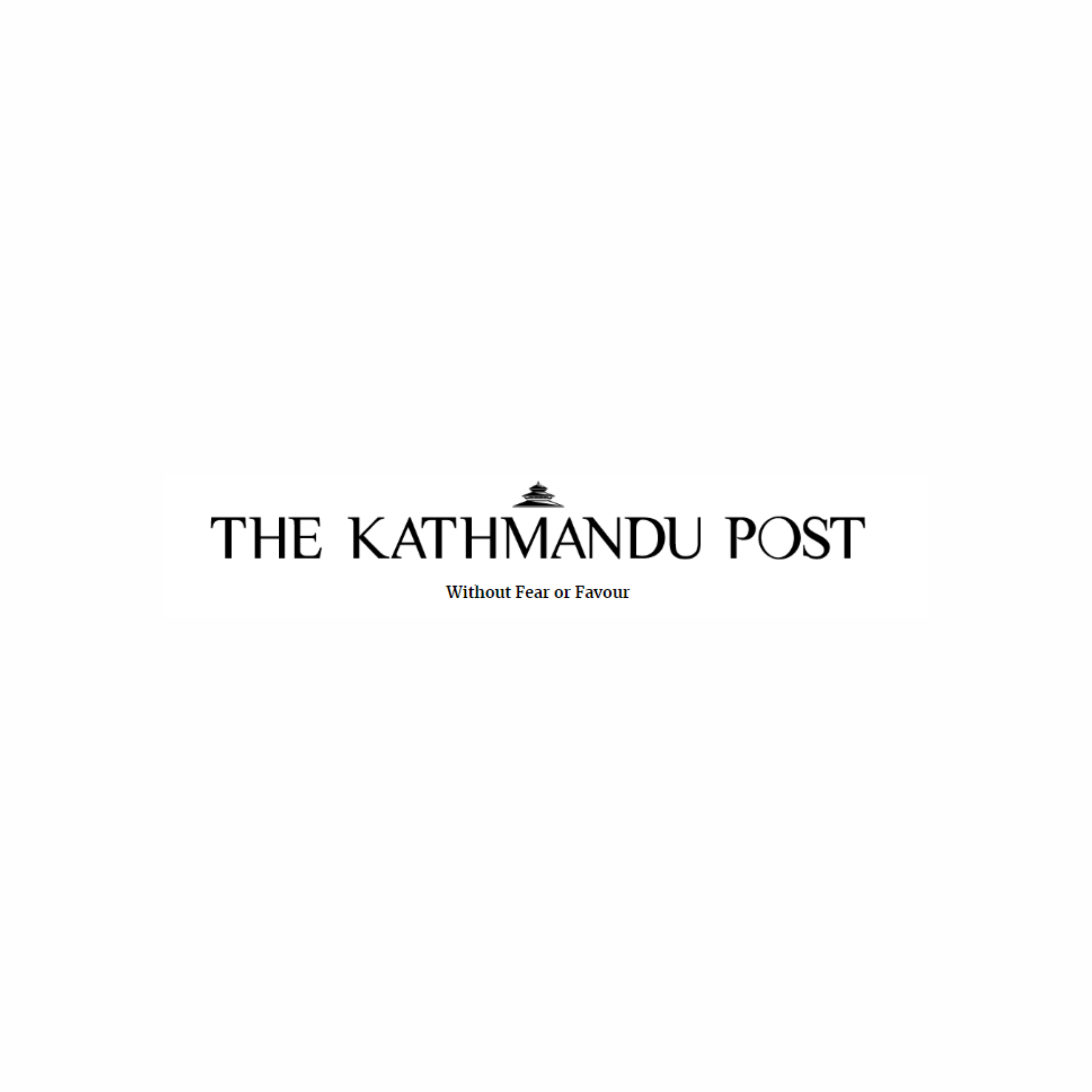

 How many times have we seen innovative ideas launched into the marketplace, seeming to offer answers to key problems, only to see them fail to make the impact that we expected? In the modern world, having a great idea is not enough to ensure market success. Even when new products, processes or technologies have been carefully and successfully tested in trials and studies, the process of scaling and launching them often leads to disappointing results.
How many times have we seen innovative ideas launched into the marketplace, seeming to offer answers to key problems, only to see them fail to make the impact that we expected? In the modern world, having a great idea is not enough to ensure market success. Even when new products, processes or technologies have been carefully and successfully tested in trials and studies, the process of scaling and launching them often leads to disappointing results.
